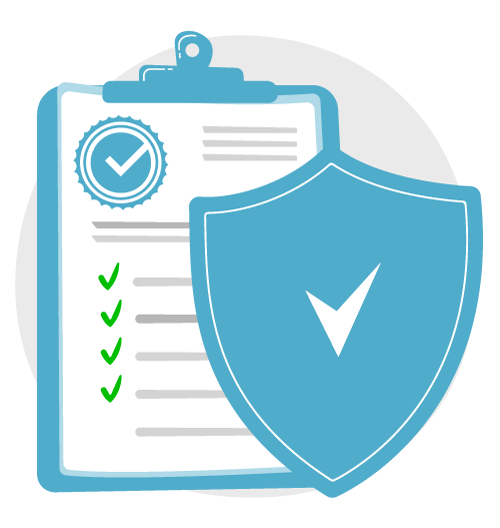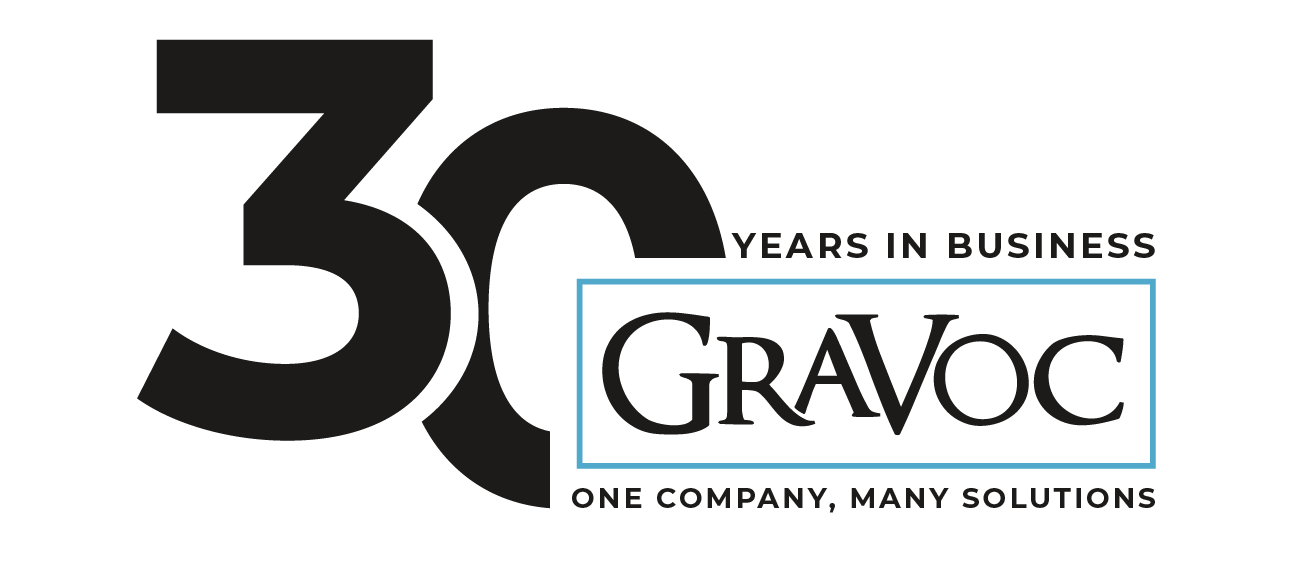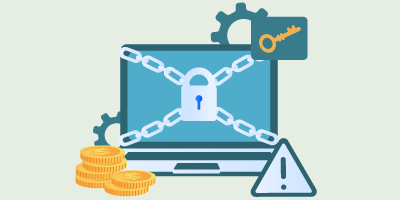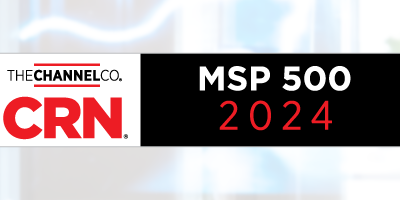CMMC certification & compliance.
The Cybersecurity Maturity Model Certification was launched by the Department of Defense to safeguard information shared with contractors and subcontractors
understanding CMMC:
all you need-to-know guide.
The Cybersecurity Maturity Model Certification (CMMC) program was developed by the U.S. Department of Defense (DoD) to enhance security across the DoD supply chain and implement protection standards to safeguard the Federal Contract Information (FCI) and Controlled Unclassified Information (CUI) shared with contractors and subcontractors.
CMMC 2.0, an updated version of the department’s initial program framework, follows a three-tiered assessment model and aligns controls with the National Institute of Standards and Technology (NIST) cybersecurity standards.
Who needs CMMC 2.0 certification?
CMMC 2.0 Compliance and Assessment Requirements
Benefits of CMMC 2.0 Compliance
CMMC 2.0 Compliance Assistance
who needs CMMC 2.0 certification?
CMMC 2.0 certification is set to become a DoD contractual requirement in the coming years, making compliance necessary for contractors and subcontractors in the DoD network. So, any organization looking to secure DoD business should begin preparation for CMMC 2.0 certification.
CMMC 2.0 compliance & assessment requirements.
CMMC 2.0 includes three certification levels with corresponding cybersecurity requirements and assessments.
Level 1: Foundational
Level 1 certification is focused on protecting FCI and applicable to contractors that do not handle critical national security information.
This Level includes 17 controls or practices relevant to managing access control, identification and authentication, media protection, physical protection, system and communications protection, and system and information integrity. To demonstrate CMMC Level 1 compliance and validate controls, organizations will be required to perform annual self-assessments.
Level 2: Advanced
Level 2 compliance addresses the protection of CUI. Contractors undertaking Level 2 certification must demonstrate both Level 1 and Level 2 control implementation.
Level 2 includes 110 practices focused on access control, awareness and training, audit and accountability, configuration management, identification and authentication, incident response, maintenance, media protection, personal protection, personnel security, risk assessment, security assessment, system and communications protection, and system and information integrity.
Level 2 requires triennial, third-party assessments by CMMC Third Party Assessment Organizations (C3PAOs) or certified CMMC Assessors to verify compliance. Based on the sensitivity of information handled, a subset of defense programs with Level 2 requirements will only need self-assessments from associated contractors.
Level 3: Expert
Level 3 certification is intended for contractors associated with critical, high-priority defense programs. This level includes over 110 practices and will require triennial assessments by government officials.

what are the benefits of CMMC 2.0 compliance?
Meet DoD requirements:
CMMC 2.0 certification will allow your business to stay ahead of the curve and meet forthcoming DoD contractual requirements.
Stand out from the competition:
A CMMC 2.0 certification can help your business gain a competitive edge with respect to DoD contracts by providing defense customers with high-level assurance that you have the necessary security infrastructure to protect critical information.
Improve your overall security posture:
Implementing the CMMC controls can help your business mitigate risk exposure and improve cyber resilience.
working with GraVoc to achieve CMMC 2.0 compliance.
GraVoc’s information security team can help you achieve CMMC 2.0 compliance and certification. We also partner with a C3PAO to streamline the certification process. Our certification gap analysis & readiness process for CMMC 2.0 has three phases:

discovery phase.
Our team will conduct a gap assessment with key stakeholders to gain an understanding of your company’s current control environment and security practices, as well as review existing documentation on policies, procedures, and processes.

policy & development phase.
Based on information gathered during discovery and CMMC best practices, we will create draft policies and procedures, including but not limited to incident response, information security, and network administration.

implementation phase.
Our team will review the draft policy and procedures with appropriate personnel within your company, make necessary edits based on feedback, and finalize documentation for management approval and adoption.
by the numbers.
%
customer retention
clients we serve
professional security certifications
common goal: YOUR SUCCESS!
let’s talk about security.
Have a question or want to discuss our CMMC Certification & Compliance readiness services? Contact a GraVoc employee below by filling out the form!
information security news.
Change Healthcare Attack: Ransomware Protection Measures for Healthcare Organizations
In light of the Change Healthcare attack, we explore why hackers target healthcare and how healthcare can defend against ransomware.
GraVoc Recognized on CRN MSP 500 List for Second Year in a Row
For the second year in a row, GraVoc has been recognized on the CRN® MSP 500 list in the Pioneer 250 category!
PCI SAQ Types: Which SAQ is Right for Your Business?
In this blog post, we provide an overview of the SAQ types for PCI DSS v4.0 and how to select a PCI SAQ that’s right for your business.



